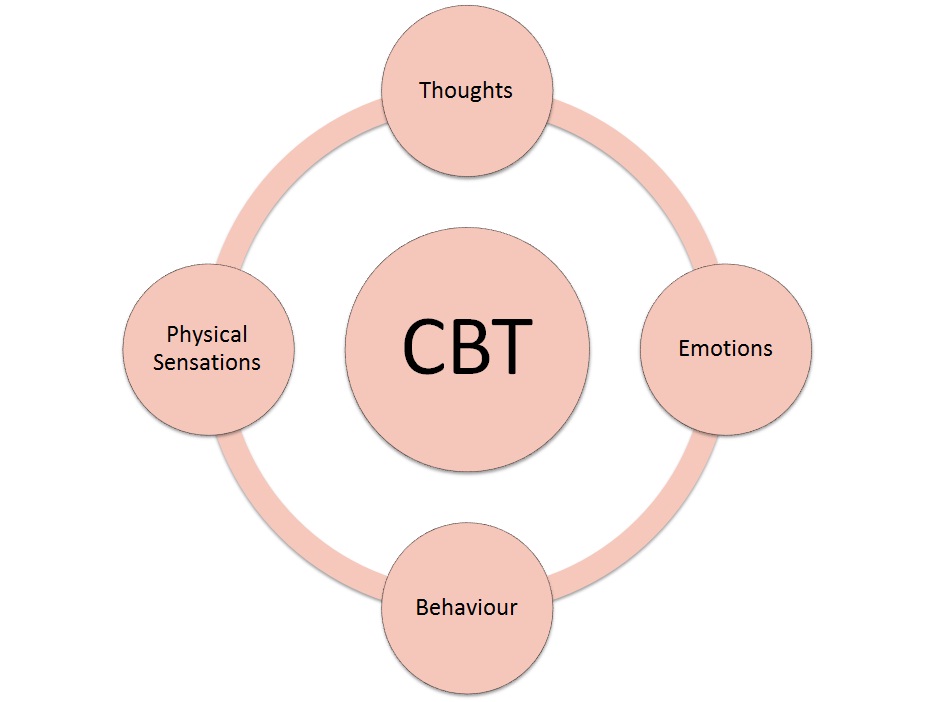Captivating the Classroom
Imagine a classroom buzzing with excitement. Students aren’t passively listening to lectures, but actively participating in discussions, collaborating on projects, and grappling with real-world problems. This isn’t a scene from a utopian educational film; it’s the potential reality for classrooms everywhere. By embracing innovative teaching methods, educators can transform the learning experience, fostering deeper engagement and igniting a passion for knowledge in their students.
Beyond Textbooks: Embracing Project-Based Learning
Project-based learning (PBL) throws out the traditional textbook model, placing students at the center of their learning journey. Students delve into real-world problems or challenges, working collaboratively to research, analyze, and develop solutions.
Think about a group of students tasked with designing a sustainable water purification system for a developing community. This PBL activity encourages critical thinking, collaboration, and problem-solving skills, all while addressing a relevant issue.
Flipping the Script: The Power of the “Flipped Classroom”
The flipped classroom model disrupts the traditional lecture format. Students pre-record lectures or watch educational videos at home, freeing up valuable classroom time for interactive activities and discussions.
Imagine a science class where students watch a video on photosynthesis at home, allowing them to come to class prepared to delve deeper into the topic through experiments and group discussions. The flipped classroom maximizes valuable classroom time for deeper engagement.
Unleashing Creativity: The Power of Gamification
Gamification incorporates game mechanics and elements into the learning process. Points, badges, and leaderboards can be used to motivate students, making learning fun and interactive.
Think about a history class where students participate in a gamified simulation of a historical event, earning points for completing tasks and demonstrating knowledge. Gamification injects a dose of fun and healthy competition, boosting engagement and knowledge retention.
Harnessing Technology: Digital Tools for Interactive Learning
Technology is no longer a classroom distraction; it can be a powerful tool for enhancing learning. Educational apps, simulations, and online resources can cater to diverse learning styles and provide engaging learning experiences.
Imagine a biology class where students use virtual reality simulations to explore the human body, allowing them to interact with organs and systems in a 3D environment. Technology can create immersive and interactive experiences that traditional textbooks simply cannot offer.
Beyond the Classroom Walls: Embracing Experiential Learning
Experiential learning takes students out of the classroom and into the real world. Field trips, guest speakers, and service-learning projects provide opportunities for students to apply their knowledge in practical settings.
Think about a literature class visiting a local museum to learn about the historical context of a novel they are studying. Experiential learning fosters a deeper understanding of the subject matter and creates lasting memories for students.
Individualized Learning: Catering to Diverse Needs
Every student learns differently. Innovative teaching methods embrace this diversity, incorporating strategies like differentiated instruction and personalized learning plans.
Imagine a classroom where students with varying learning styles work on projects tailored to their strengths and interests. Some might create presentations, while others build models or write research papers. This individualized approach ensures all students are challenged and supported.
Collaboration is Key: Fostering Teamwork and Communication Skills
The ability to collaborate effectively is a vital skill in today’s world. Innovative teaching methods integrate opportunities for students to work together on projects, discussions, and presentations.
Think about a math class where students are divided into teams to solve complex problems, fostering communication, critical thinking, and problem-solving skills in a collaborative environment.
Seeking Additional Support: The Role of Home Tutors
While innovative teaching methods are transforming classrooms, there may still be situations where students require additional support. Parents in major cities like Karachi and Islamabad can explore the option of qualified home tutor in Karachi or home tutor in Islamabad to supplement their child’s learning.
These tutors can provide personalized attention tailored to address specific learning gaps and help students excel in subjects they may find challenging.
Igniting a Passion for Learning: The Power of Innovative Teaching
By embracing innovative teaching methods, educators are not merely imparting knowledge; they are igniting a passion for lifelong learning in their students. These methods transform classrooms from passive environments to vibrant hubs of exploration, collaboration, and discovery. As students delve into real-world problems, collaborate with peers, and utilize technology for learning, they become active participants in the construction of their own knowledge. The journey of education becomes more engaging, and the potential for future success soars.



